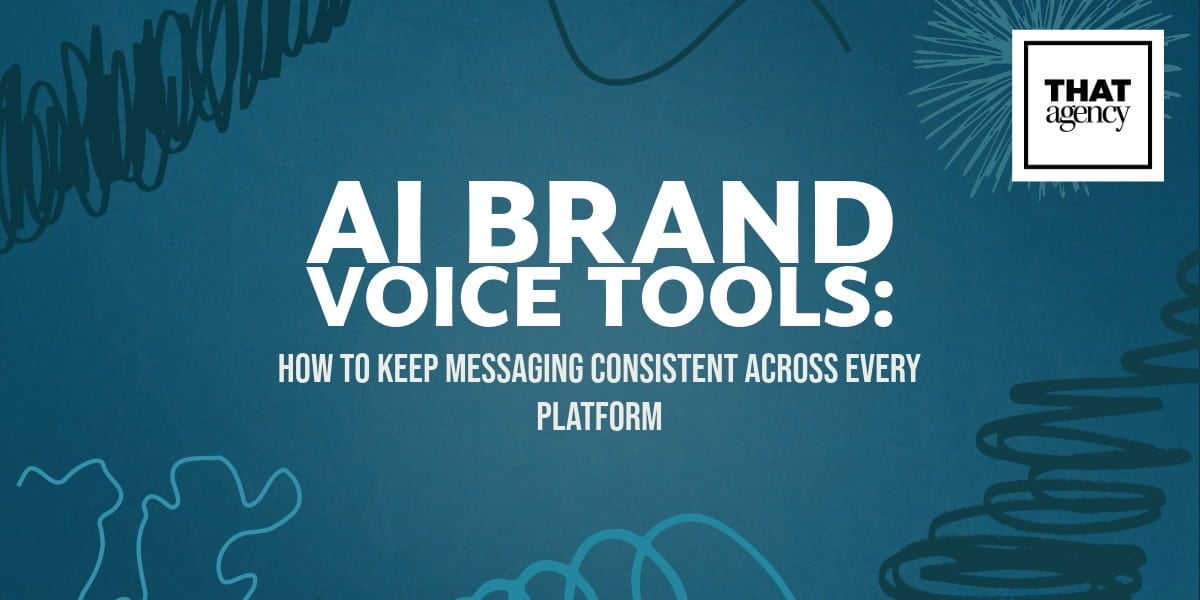Designing for growth in your website allows you to meet the current and future needs of your end users. The strategy phase is the first phase of growth-driven design, and arguably the most important. It is the foundation upon which you will build. In this phase, you will determine the goals of your website, evaluate and audit your current website, and strategize what elements you need in your new website.

1. Define Your Website Goals
In the first step of the strategy phase, you will define your website goals. This step is key to the success of your site and to the growth-driven design process. Without goals, you don't know what to measure and thus cannot determine if your efforts are successful or not.
Think carefully about what business objectives you are trying to achieve through your new website. Do you want people to buy products? Do you want people to engage with the site and provide their contact information? Do you want people to share content from the site? Whatever your specific goals may be, outline them clearly so that you are able to measure them as you go through the growth-driven design process and adjust your efforts to best achieve them.
In addition to thinking about your goals, take some time to think about your key performance indicators (KPIs). How will you measure the goals that you are setting? What metrics are you looking for?
2. Craft Your Buyer Personas
The second step of the strategy phase is to identify and craft your buyer personas. Understanding the needs and the motivations of your end users is vital to the success of your business.
Buyer personas help you do this, as they are fictional representations of your ideal customers. Your buyer personas are based on real data as well as educated guesses about their demographics, motivations, and goals. As designing for growth is a user-centered process, it is important to get a thorough sense of who your users are right from the beginning and understand what those users are trying to accomplish when visiting your site.
3. Gather Quantitative and Qualitative data
The third step of the strategy phase is auditing your current site and doing qualitative user research.
You want to take a hard look at your current website. Dig deeply through your current website analytics. Look at how your current website visitors are finding your site. How are they interacting with the site once they get there? Are there particular pages that users are interacting with a lot and staying on for a long time? Are there pages that have very high bounce rates?
After you have collected this quantitative data, you also want to reach out to some of your current users to collect qualitative data. This qualitative data will help you gain an even better understanding of your users, their goals, and their pain points. In this qualitative step of designing for growth, you may uncover information that will validate some of the assumptions you used in your persona creation. You may also discover information that allows you to add more detail to your buyer personas.
4. Prioritize Your Wish List
The final step of the strategy stage is the development and prioritization of your website wish list.
Schedule a brainstorming session with your team and use what you have learned in the previous steps of the strategy phase to come up with a wish list of things you'd like to include on the new website. These ideas can range from pages to be included to functionality to design elements and beyond. This is your time to be creative and really think about what you want in your new site. Once you have spent some time brainstorming, you should have a lengthy list of ideas for your new website.
After you have your wish list created, it's time to prioritize. With your team, run an 80/20 analysis of all of the items on your lengthy wish list. To do this, try to identify the 20% of the items that will have 80% of the impact or value for your end users. Evaluate if items are a "must have" or if they are merely nice to have. Also ask yourself if the items are absolutely necessary for the launch pad website or if are they things that could be incorporated at a later date as part of the continuous improvement process.
Now that you have completed the strategy stage while designing for growth, you have a deeper knowledge of your users and their needs. You are ready to move on to the next step of the growth-driven design process, building your launch pad website.





